Design Files
2 design files
-
Symbols and Footprints
Kinetis® Symbols, Footprints and Models
-
Calculators
TFS FlexMem Endurance Calculator
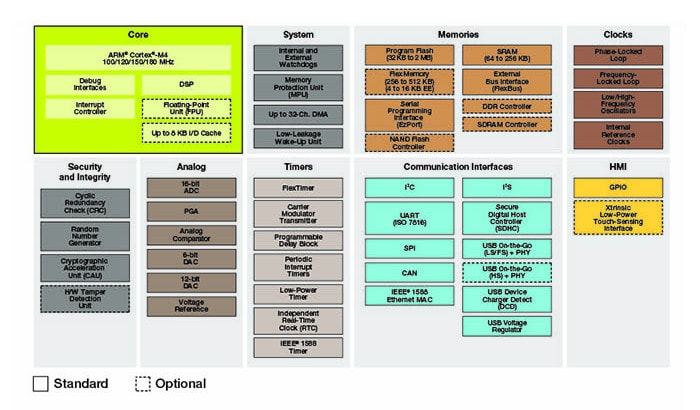
Note: To see the product features close this window.
Part numbers include: MK60DN256VLL10, MK60DN256VLQ10, MK60DN256VMC10, MK60DN256VMD10, MK60DN256ZVLL10, MK60DN256ZVLQ10, MK60DN512VLL10, MK60DN512VLQ10, MK60DN512VMC10, MK60DN512VMD10, MK60DN512ZVLL10, MK60DN512ZVLQ10, MK60DN512ZVMC10, MK60DN512ZVMD10, MK60DX256VLL10, MK60DX256VLQ10, MK60DX256VMC10, MK60DX256VMD10, MK60DX256ZVLL10, MK60DX256ZVLQ10, MK60DX256ZVMC10, MK60DX256ZVMD10, TEXTBOOK-KINETIS.
Quick reference to our documentation types.
1-5 of 111 documents
Please wait while your secure files are loading.
2 design files
Please wait while your secure files are loading.
1-5 of 16 hardware offerings
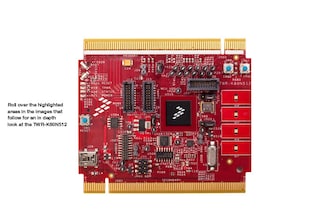

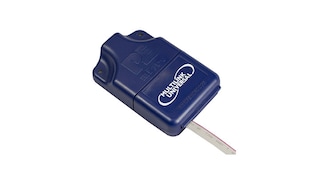
Additional hardware available. View our featured partner solutions.
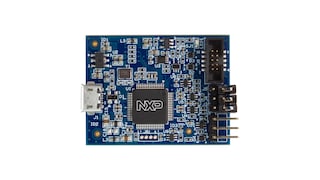
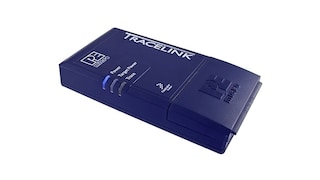
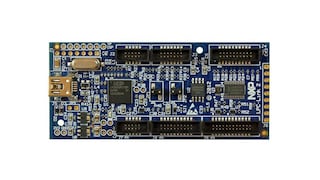
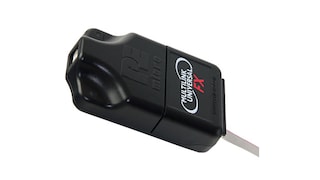
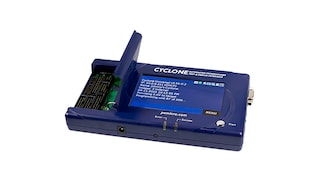
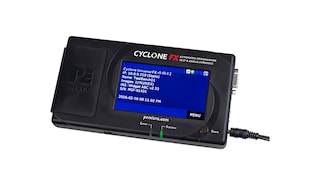
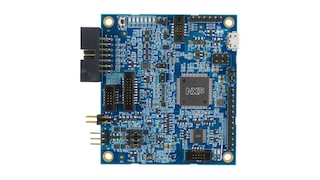
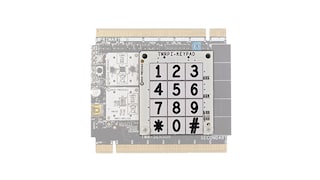

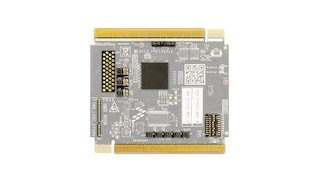
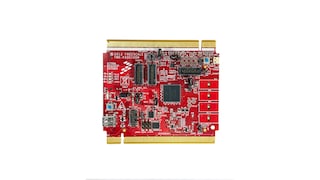
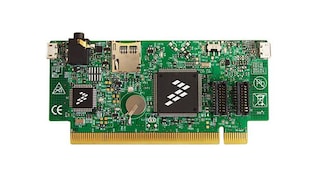
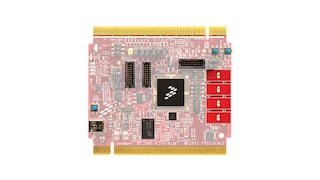
5 hardware offerings
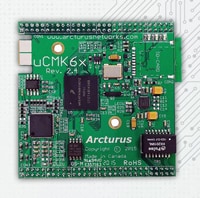

.png?imwidth=300)
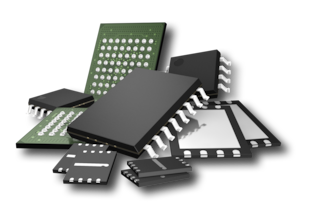
.jpg?imwidth=300)
To find a complete list of our partners that support this product, please see our Partner Marketplace.
1-5 of 18 software files
Additional software available. View our featured partner solutions.
Note: For better experience, software downloads are recommended on desktop.
Please wait while your secure files are loading.
1-5 of 73 software offerings









































































To find a complete list of our partners that support this product, please see our Partner Marketplace.
1-5 of 22 engineering services









.svg)












There are no results for this selection.
To find a complete list of our partners that support this product, please see our Partner Marketplace.
5 trainings
Additional trainings are available. View our featured partner trainings.
9 trainings